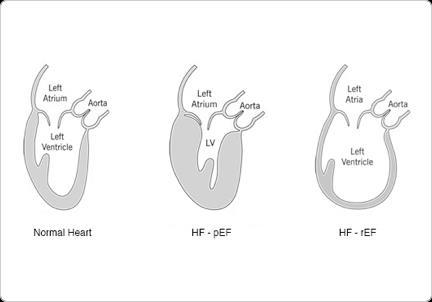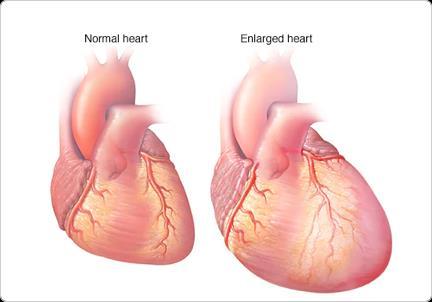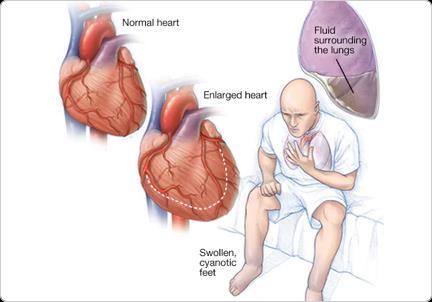Pacemaker Implantation

Heart Surgeries and the various components required to cure those conditions have increased the prices of cardiology-related issues tremendously. India however, still manages to provide international and domestic patients, affordable treatment. GoMedii on the same lines is helping various medical travelers to assemble and get the high-quality treatment that they must receive in India. With the best doctors and hospitals in India, we provide a continuum of care and quality. Understanding the complexities of Pacemaker Implantation Treatment in India is necessary for patients to make the right choice.

Get Estimate
About
A pacemaker is a small electronic device that helps regulate a slow heartbeat. The pacemaker is usually implanted in the chest, just below the collarbone. Your doctor may recommend this device to keep your heartbeat from slowing down to a dangerously low rate. A pacemaker is composed of three parts: a pulse generator, one or more leads, and an electrode on each lead. A pacemaker signals the heart to beat when the heartbeat is too slow or irregular.


A pulse generator is a small metal case that contains electronic circuitry with a small computer and a battery that regulates the impulses sent to the heart. When the heart beats at a rate faster than the programmed limit, the pacemaker generally monitors the heart rate and will not pace. Modern pacemakers are programmed to work on-demand only, so they do not compete with natural heartbeats. Generally, no electrical impulses will be sent to the heart unless the heart's natural rate falls below the pacemaker's lower limit.
Signs & Symptoms
Shortness of breath
Nausea
Chest pain
Fatigue
Cold sweat
Heartburn or indigestion
Causes
An acute complete blockage in artery
A partial blockage
Coronary artery spasm.
Certain infections.
(People Also like to Read: Cardiology Treatment in India)
When to seek medical attention?
The basic problems that a pacemaker actually solves are the rhythm of the heart pumping blood which might lead to severe consequences. Some examples of problems for which a pacemaker might be needed include:
Bradycardia: This is when the heart beats too slowly.
Tachy-Brady syndrome: This is characterized by alternating fast and slow heartbeats.
Heart block: This occurs when the electrical signal is delayed or blocked as it travels through the heart muscle. There are several types of heart blocks.
A pacemaker may be inserted in order to stimulate a faster heart rate when the heart is beating too slowly, and causing problems that cannot otherwise be corrected.
Problems with the heart rhythm may cause difficulties because the heart is unable to pump an adequate amount of blood to the body. If the heart rate is too slow, the blood is pumped too slowly. If the heart rate is too fast or too irregular, the heart chambers are unable to fill up with enough blood to pump out with each beat. When the body does not receive enough blood, symptoms such as fatigue, dizziness, fainting, and/or chest pain may occur.
Risk Factor
Complications related to pacemaker surgery or having a pacemaker are uncommon, but could include:
Swelling near implant
Blood clots near the pacemaker
Infection near the site in the heart where the device is implanted
Damage to blood vessels or nerves
Collapsed lung
Blood in the space between the lung and chest wall
Diagnostic & Test
Chest X-ray
Electrocardiogram
Cardiac CT or MRI
Coronary catheterization
Echocardiogram
(Read Also: Aortic Valve Repair Treatment in India)
Treatment Procedure
The procedures are basic and match most implants in the body, however, there are some major processes that might be needed. The patient will be asked to remove any jewelry or other objects that may interfere with the procedure. The patient will be asked to remove clothing and will be given a gown to wear. The patient will be asked to empty his bladder prior to the procedure. If there is excessive hair at the incision site, it may be clipped off. An intravenous (IV) line will be started in your hand or arm prior to the procedure for administering medication and IV fluids, if needed.
The patient will be placed on your back on the procedure table. The patient will be connected to an electrocardiogram (ECG or EKG) monitor that records the electrical activity of the heart and monitors the heart during the procedure using small, adhesive electrodes. Your vital signs (heart rate, blood pressure, breathing rate, and oxygenation level) will be monitored during the procedure. Large electrode pads will be placed on the front and back of the chest. The patient will receive a sedative medication in your IV before the procedure to help the patient can relax. However, the Patient will likely remain awake during the procedure. The pacemaker insertion site will be cleansed with antiseptic soap.
Sterile towels and a sheet will be placed around this area. A local anesthetic will be injected into the skin at the insertion site. Once the anesthetic has taken effect, the physician will make a small incision at the insertion site. A sheath, or introducer, is inserted into a blood vessel, usually under the collarbone. The sheath is a plastic tube through which the pacer lead wire will be inserted into the blood vessel and advanced into the heart. It will be very important for the patient to remain still during the procedure so that the catheter does not move out of place and to prevent damage to the insertion site.
The lead wire will be inserted through the introducer into the blood vessel. The doctor will advance the lead wire through the blood vessel into the heart. Once the lead wire is inside the heart, it will be tested to verify the proper location and that it works. There may be one, two, or three lead wires inserted, depending on the type of device your doctor has chosen for your
condition. Fluoroscopy, (a special type of X-ray that will be displayed on a TV monitor), may be used to assist in testing the location of the leads.
The pacemaker generator will be slipped under the skin through the incision (just below the collarbone) after the lead wire is attached to the generator. Generally, the generator will be placed on the no dominant side. (If the Patient is right-handed, the device will be placed in your upper left chest. If the Patient is left-handed, the device will be placed in your upper right chest).
The ECG will be observed to ensure that the pacer is working correctly. The skin incision will be closed with sutures, adhesive strips, or special glue. A sterile bandage or dressing will be applied.
Outcome & Recovery
The recovery time will depend on the patient, procedure & severity.
Success Rate
The success rate has many factors depending on it, like the stage of the condition, the age of the patient, the complications of the procedure, etc.
Do’s & Don’ts
Do not engage in heavy workout.
Don’t wear tight clothing.
Do not rub your chest area.
Why choose GoMedii ?
Taking care of all your needs and also your post-treatment care, we are the best and you will not regret choosing us. We are available for your help through our very own website.
You can make us your choice and not think again. We provide you with the best facilities across India and make your stay and your treatment a comfortable and successful one.
You can choose us and leave your worries behind. For more precise information, you can submit the inquiry form and we will get back to you as soon as possible. If you have any health problems then you can contact us on Whatsapp (+91 9654030724) call us at +919599004811 or email us at connect@gomedii.com our team will respond to you as soon as possible.
